How NASA, SKS and UCB Are Launching the Future of Space-Focused Real Estate
Berkeley Space Center is set to include as much as 2.3 million square feet of advanced R&D space. SKS Partners' Tim Smith expands on how it could revolutionize entire industries.
Although still in its infancy, Berkeley Space Center at NASA Research Park in Mountain View, Calif., is already making waves in R&D due to innovative elements, all designed to foster collaboration in space exploration, technology and science. A partnership between SKS Partners, the University of California, Berkeley, and NASA’s Ames Research Center is currently working on obtaining all necessary approvals to build the $2 billion park aiming to bring together academia, industry and government.

Located in the heart of Silicon Valley, Berkeley Space Center is set to capitalize on its proximity to leading tech companies, venture capital and research institutions, and provide an ecosystem for innovation in areas such as robotics, artificial intelligence, space sciences and aerospace engineering.
Commercial Property Executive asked SKS Partners Director of Development Tim Smith to talk about this transformative project and how the increased interest in space-focused projects is fueling the development of new, highly specialized real estate projects in the Silicon Valley and around the country.

What determined you to embark on the Berkeley Space Center at NASA Research Park project? How did it all begin?
Smith: Berkeley Space Center at NASA Research Park is set to become a hub of innovation where tomorrow’s breakthroughs are identified, incubated and launched. This $2 billion endeavor seeks to create a constellation of innovation, bringing together leaders from diverse fields—from aeronautics and quantum computing to climate studies and social sciences—to collaborate and revolutionize entire industries.
The vision for Berkeley Space Center first came about over two decades ago, when the National Aeronautics and Space Administration set aside a parcel on its Silicon Valley site for academic and research purposes. Fast forward to 2019, when the University of California, Berkeley, announced its plan to team up with NASA Ames Research Center to transform part of Moffett Field, a former federal airfield, into a dynamic mixed-use, multidisciplinary research center. In 2022, SKS Partners joined forces with UC Berkeley and by 2023, we had officially kicked off the process of redeveloping the 36.2-acre site into a state-of-the-art advanced innovation hub.
From day one, SKS Partners saw Berkeley Space Center as a once-in-a-generation opportunity to rethink how large-scale developments are designed, built and managed. This isn’t just a ground-up project—we’ve had the opportunity to start ‘from the underground up,’ and create a living lab that embodies the latest in sustainable design and construction practices, which are at the core of what we do best. Additionally, several staff members at SKS Partners had been exposed to the project site through their past work, further boosting our confidence in delivering on such a complex location.
READ ALSO: Meta’s Bay Area Mega-Development Moves Forward
How has the market responded to the project so far? How is it progressing?
Smith: Berkeley Space Center has received overwhelmingly positive feedback from key stakeholders and the overall market, and we’re eager to continue pursuing entitlements and sharing project updates as they become available. Even before a shovel has hit the ground, we’ve had over 100 expressions of leasing interest, emphasizing the project’s unique and unparalleled location—a fact that the marketplace clearly recognizes.
This summer, the joint venture took a significant step forward by issuing a Notice of Preparation and Notice of Intent, marking the official start of environmental analyses for the proposed project. As we await the results, we’re considering two build alternatives for the project: one entailing the construction of 1.4 million square feet of space, and the other for 2.3 million square feet, pending the city’s approval. Both alternatives share the same general site layout and would bring tremendous value to Northern California.
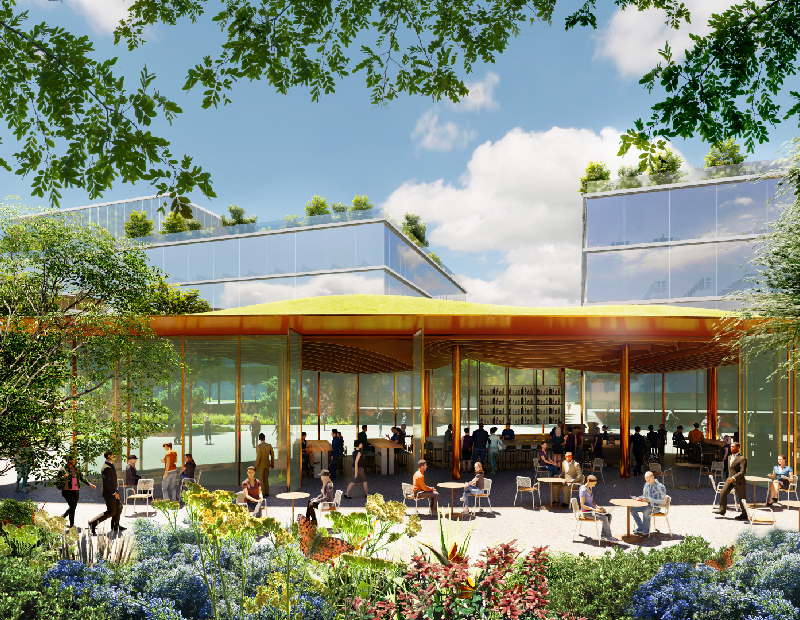
With the 1.4 million-square-foot build, Berkeley Space Center will create a dynamic environment, support cutting-edge research and attract a diverse range of tenants. On the other hand, a 2.3 million-square-foot development would take these benefits to the next level, providing almost 1 million additional square feet.
We also recognize that we have one opportunity now to secure approvals to build this additional square footage and given the 10- to 15-year planned buildout timeline, we have confidence that there will be market demand for the space we are creating at Berkeley Space Center.
You mentioned receiving over 100 leasing inquiries so far. What type of companies are showing interest, and what does this interest indicate about the project’s potential?
Smith: In less than a year, we’ve received interest from a diverse range of organizations spanning numerous sectors. Berkeley Space Center is located at Moffett Field, which has long been a hotspot for air and spacecraft innovation, so naturally, aerospace companies make up a significant portion of tenant interest. This interest further underscores the value of specialized space in Northern California for those in the aerospace industry.
We’ve also received interest from companies in newer, high-tech industries such as climate tech. With California’s robust climate initiatives driving demand for innovative solutions, there’s been a notable amount of activity from companies in the industry. Similarly, vertical taxis, extreme environmental survival and artificial intelligence firms are also eager to explore tenancy opportunities.
Another significant share of interest is from organizations looking to create partnerships with UC Berkeley. These R&D relationships constitute another robust pipeline of prospective tenants—one made all the more powerful because of a shared mission. This commonality among prospective tenants, UC Berkeley and NASA Ames Research Center will be a key driver to the success of Berkeley Space Center.
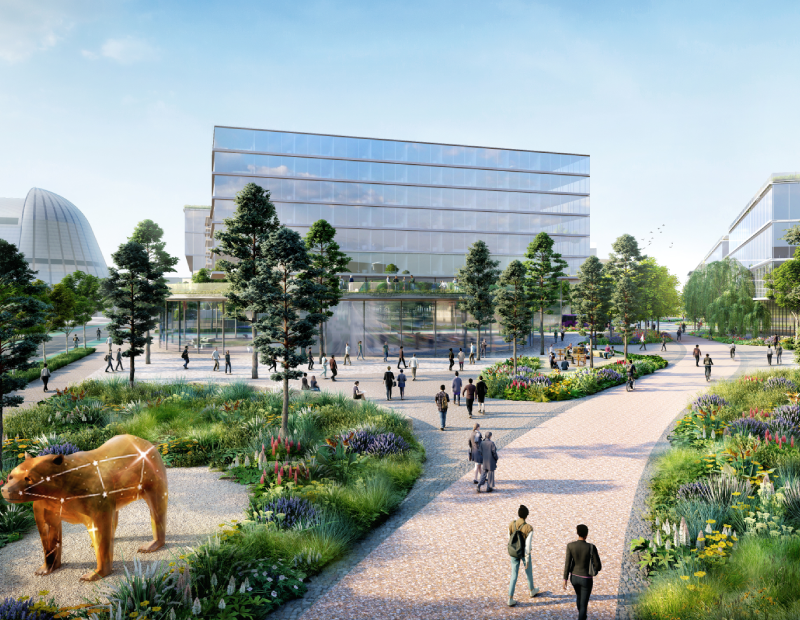
How is the project designed to adapt to future trends in biotech, life science and R&D?
Smith: Berkeley Space Center’s master plan is centered around operational sustainability, with flexible Class A office and R&D spaces that include specialized areas like wet and dry labs. This adaptable design coincides with a long-term perspective allowing for quick reconfiguration, ensuring the facility can easily accommodate the evolving needs of different research disciplines. The site will also feature conference spaces, academic spaces and retail amenities, giving tenants easy access to a broader range of everyday resources.
Further positioning it at the forefront of long-term, sustainable development, Berkeley Space Center embodies transformational, regenerative design. The project will enhance the site’s existing ecosystem while also promoting a deeper connection between humans and the spaces they inhabit. With nearly 18 acres of open space—including a network of landscaped promenades and a pedestrian-friendly, car-free zone dubbed the Central Green—the development supports collaboration and the cross-pollination of ideas, and creates a versatile environment for community gatherings, activations and exhibitions.
What are your long-term goals for the project, and how do you see it evolving over the next decade?
Smith: The long-term vision for Berkeley Space Center is to set a high standard for sustainable development and innovation. To achieve this, Berkeley Space Center will serve as a ‘living laboratory,’ implementing the latest in regenerative infrastructure that addresses today’s needs while anticipating tomorrow’s demands. Drawing from SKS Partners’ expertise in innovative, sustainable and enduring real estate development, this includes utilizing advanced infrastructure such as low-carbon materials and renewable energy sources. We’re inspired by and will support the State of California’s goal to achieve net zero carbon emissions by 2045, which is well within the lifecycle of the buildings we’re planning.
Berkeley Space Center will also feature onsite stormwater treatment systems and the use of recycled water, pollution-free mobility options and various techniques to restore groundwater. Our unique ‘underground up’ design approach—which extends beyond traditional LEED standards and focuses on long-term sustainability—further enables us to push the boundaries of what’s possible in development.
Looking at new standards of innovation, we plan to leverage the collective power of academia, private industry and government. By bringing together the top minds within these sectors, our goal is for Berkeley Space Center to act as a constellation of innovation where diverse leaders can collaborate to transform ideas into revolutionary products and services that address the challenges and opportunities of today and tomorrow.
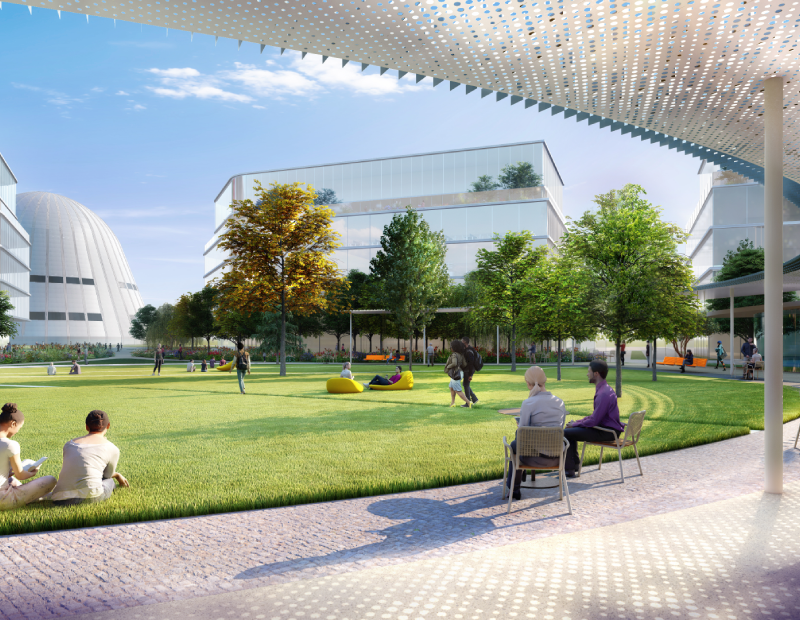
How will the Berkeley Space Center align with the broader innovation ecosystem in Silicon Valley? What role do you see it playing in the region’s future?
Smith: Silicon Valley is rightfully known globally as the heart of innovation and technology, and Moffett Field is where much of that groundbreaking work began. From microchips to personal computers, the Internet as we know it, to cell phones and their apps, life-changing technological revolutions have started or been significantly advanced in Silicon Valley ever since the establishment of NASA Ames in 1939. Now home to tech giants like Apple, Google and Meta, a vibrant startup culture, an incredible talent pool and numerous world-renowned research institutions, Silicon Valley is where big ideas come to life.
As new industries and economies emerge, Northern California’s history as the leader in global innovation is getting a fresh chapter—and Berkeley Space Center will be there to help write it. By redeveloping this site, we’re breathing new life into the area and expanding the existing innovation ecosystem. Berkeley Space Center will become the birthplace of tomorrow’s breakthroughs and carry the torch in continuing the region’s legacy of shaping the future.
How do you expect the increased interest and investment in space travel and exploration to impact real estate development in the years to come?
Smith: Momentum from the global space economy—which has grown from $280 billion in 2010 to over $447 billion in 2023 and is projected to reach nearly $2 trillion by 2035—is driving demand for specialized R&D spaces. While California has historically been a hub for this activity, it is transforming real estate development on a national scale.
Just as the life sciences boom led to a surge in lab and R&D space, real estate is poised for a similar trajectory led by the space industry. As the interest and investment in space travel and exploration continue to flourish and grow, so will the demand for physical space that caters to the industry’s specific needs. With this, we’ll likely see an uptick in both ground-up and redevelopment opportunities across the country.

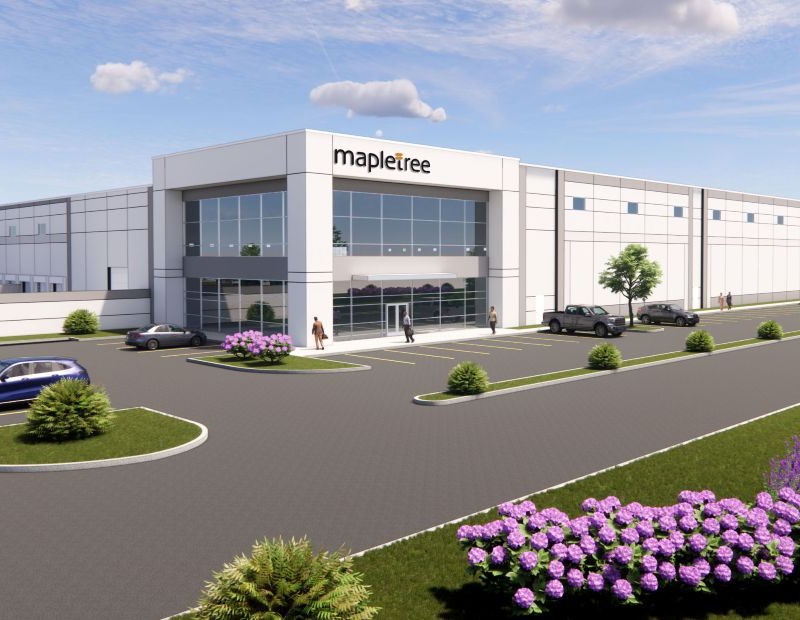
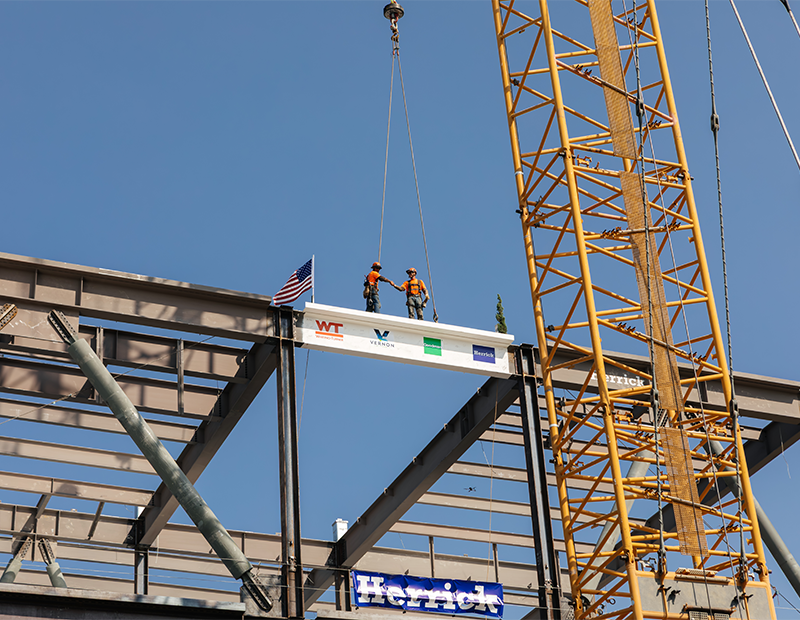
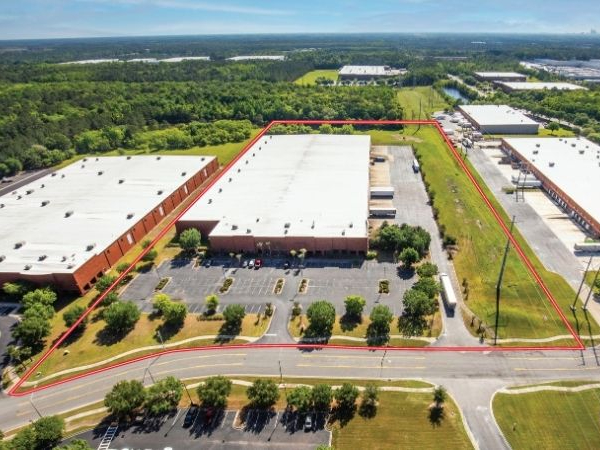

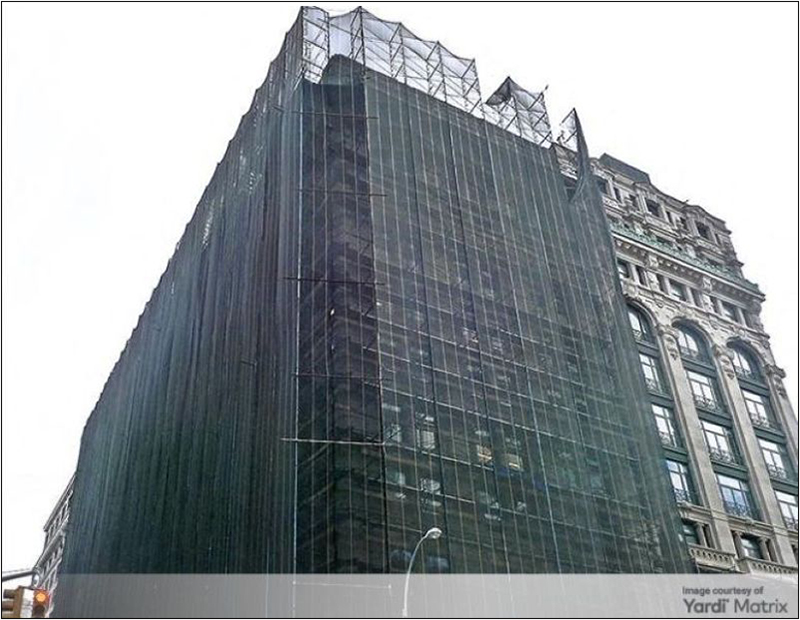
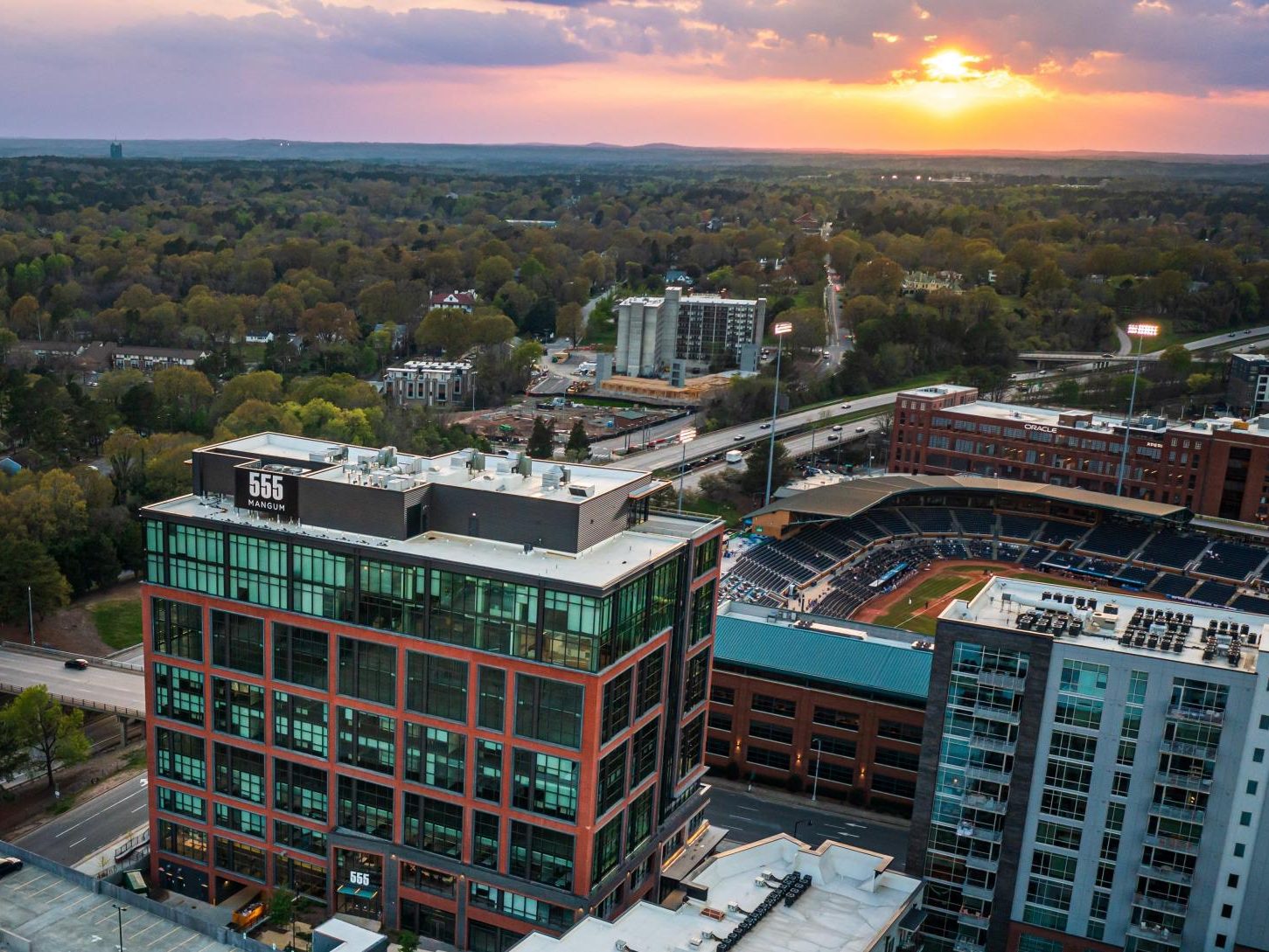
You must be logged in to post a comment.